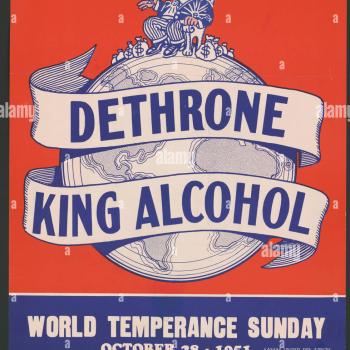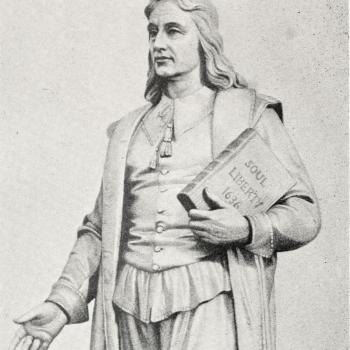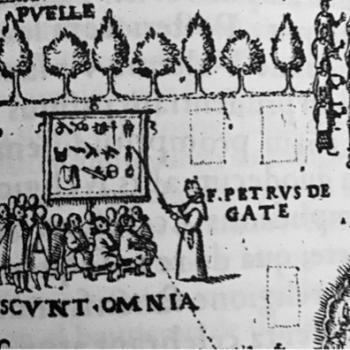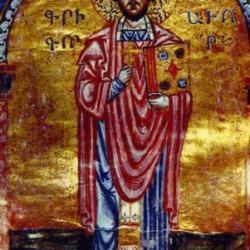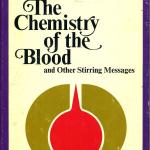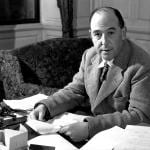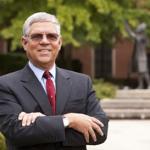Editors’ Note: This article is part of the Patheos Public Square on the Pope in America: Implications, Collaborations, Challenges. Read other perspectives here.
In September 22-27, Pope Francis will visit the United States, making stops in Washington, New York, and Philadelphia. Most discussion in anticipation has focused on the Pope’s attendance at the World Meeting of Families in Philadelphia and what he might say (or not say) in light of conflicts within the Church over family policies and in light of the recent legalization of gay marriage in the US by the Obergefell Supreme Court decision.
But the visit should also prompt us to look back at past papal visits and consider the Holy See’s attitude toward the United States more generally. Doing so helps put the significance of the upcoming visit in broader context.
This attitude of Rome toward the American experiment in democracy has been far from favorable. The popes of the late eighteenth and early nineteenth century viewed political modernity and especially the notion of religious freedom in almost wholly negative terms. Until the completion of Italian unification in 1870, the Pope served as a temporal monarch over the Papal States in central Italy and ran it as a confessionally Catholic state. Pope Leo XII (r. 1823-29) coined a Latin neologism “tolerationism” (tollerantismus) to chide states, such as the US, that adopted a policy of freedom of religion. Pope Gregory XVI (r. 1830-46) rued the same phenomenon as “indifferentism,” a heartless unconcern by the government about its citizens’ souls. In his anti-modern Syllabus of Errors of 1864, Pope Pius IX (r. 1846-78), following suit, condemned the proposition that “every man is free to embrace the religion he shall believe true by the light of reason.”
Before the Second Vatican Council (1962-65), Rome saw “indifferentism” as the logical fruit of the Protestant Reformation, which had elevated “private judgment” over established authority as the arbiter of religious verities. Not surprisingly, direct links were regularly made between the Protestant foundations of the United States in New England and the deplorable legal “indifferentism” codified in the US First Amendment. The Italian Jesuit Giovanni Antonio Grassi (the first president of Georgetown University) captured an attitude widespread in Rome when in 1818 he wrote his Superior that “nothing is more striking to the [Catholic] upon his arrival in America than the condition of religion. . . . Due to an article in the federal constitution every religion and every sect is fully tolerated. . . .[I]t is not surprising that America gives birth to innumerable sects which daily subdivide and multiply.”
A confidant of Pius IX and leading curial voice, Cardinal Karl August von Reisach, wrote an article on America in 1860, in which he blamed America’s Protestant-inspired anarchic sectarianism for the emergence of Mormonism, an exquisitely American “pseudo-church,” aping Catholicism in form but, in content, leading well-meaning souls astray.
In the late nineteenth-century, Rome voiced grave worries that modern principles of egalitarianism, progress, and liberty were seeping into the Church itself, adversely effecting clergymen in the New World and the Old. In an 1899 letter to the Bishop of Baltimore Pope Leo XIII (r. 1878-1903), therefore, condemned a vague heresy that was dubbed “Americanism” Exactly what was meant by the term is still debated by scholars today, but the decision to associate it with United States speaks volumes about Rome’s general stance toward the novus ordo seclorum.
Such a negative posture governed Rome’s attitude toward the United State until the epochal Second Vatican Council. This Council was a game-changer. It prepared the way for the first Papal visit to the States by Pope Paul VI in 1965. Of particular significance, the Council inaugurated an about-face on religious liberty. In its Declaration on Religious Freedom (Dignitatis humanae), the Council proclaimed “that the right to religious freedom is based on the very dignity of the human person as known through the revealed word of God and by reason itself.”
A key figure nudging the Church toward such a position was the American Jesuit John Courtney Murray. Although silenced from writing on church-states relations by Rome in the 1950s, he effectively argued that the American Revolution and Constitution happily differed from their anticlerical French counterparts. Rome regularly lumped the two together—two sides of the same disquieting coin. The American path to political modernity allowed for the freedom of religion, Murray insisted, and could be embraced, while the French path too often simply meant freedom from religion. Because of Murray’s influence on Dignitatis humanae, the document is sometimes referred to as the Council’s “American Declaration.”
Shortly after the Council, Pope Paul VI traveled to the United States. But this first papal visit was brief, hardly over 24 hours, during which he made a speech on peace at the United Nations, a novum in papal history. Worries about “indifferentism” and the condemnation of “Americanism” appeared long forgotten.
Paul VI’s traveling, charismatic successor, John Paul II, visited the United States no less than seven times. And he made it not just to the Eastern seaboard states, but to places such as Denver, St. Louis, New Orleans, Detroit, San Antonio, and elsewhere—drawing huge crowds every where he went. The emeritus Pope, Benedict, followed up with a single visit in 2008, to Washington and New York.
Both John Paul II and Benedict XVI had much positive to say about the United States. The former, because of his role in ending Communism, was esteemed by many Americans, Catholic as well as Protestant. But while John Paul reciprocated the affection, much troubled him about the US. During his visits, he regularly made the distinction between true freedom and the unbridled license promoted by the Sexual Revolution, a key cause of “the culture of death.” He condemned the practice of abortion, the breakdown of the family, as well as the employment of the death penalty and the US penchant to involve itself in wars abroad.
***
What light might all of this shed on Pope Francis’s upcoming visit? The past is only rarely prologue to the future. But permit me to make three observations.
First, although both John Paul and Benedict visited the United States after the Cold War, the realities of the Cold War fundamentally shaped their thinking about the United States. Pope Francis’ visit, therefore, might be considered the first truly post-Cold War visit by a Pope. In practice, therefore, expect to hear some of Rome’s older wariness about the United States, but this time directed toward the US’s role in championing global capitalism, the bête noire of this pope.
Second, Pope Francis is firmly a child of the Second Vatican Council; he will likely robustly praise the US’s traditions of religious freedom and freedom of conscience as well as its religious vitality (especially when compared to Europe). During his scheduled visit to Independence Hall in Philadelphia, Francis might even mention by name his fellow Jesuit, John Courtney Murray, a figure widely esteemed by conservative and liberal Catholics alike.
Finally, Francis has scant affection for the Sexual Revolution, and how through pop culture and advertising it has been exported globally by the United States and other Western countries. Some modifications in tone with respect to sexual ethics might be forthcoming during his visit and perhaps more open discussion about the prospects, under certain conditions, of Catholic divorcees ability to receive Communion. But to the disappointment of many liberals and progressive Catholics, one should expect a doubling down on the Church’s traditional teaching on marriage and the family.
Plus ça change, plus c’est la même chose.
Thomas Albert Howard







